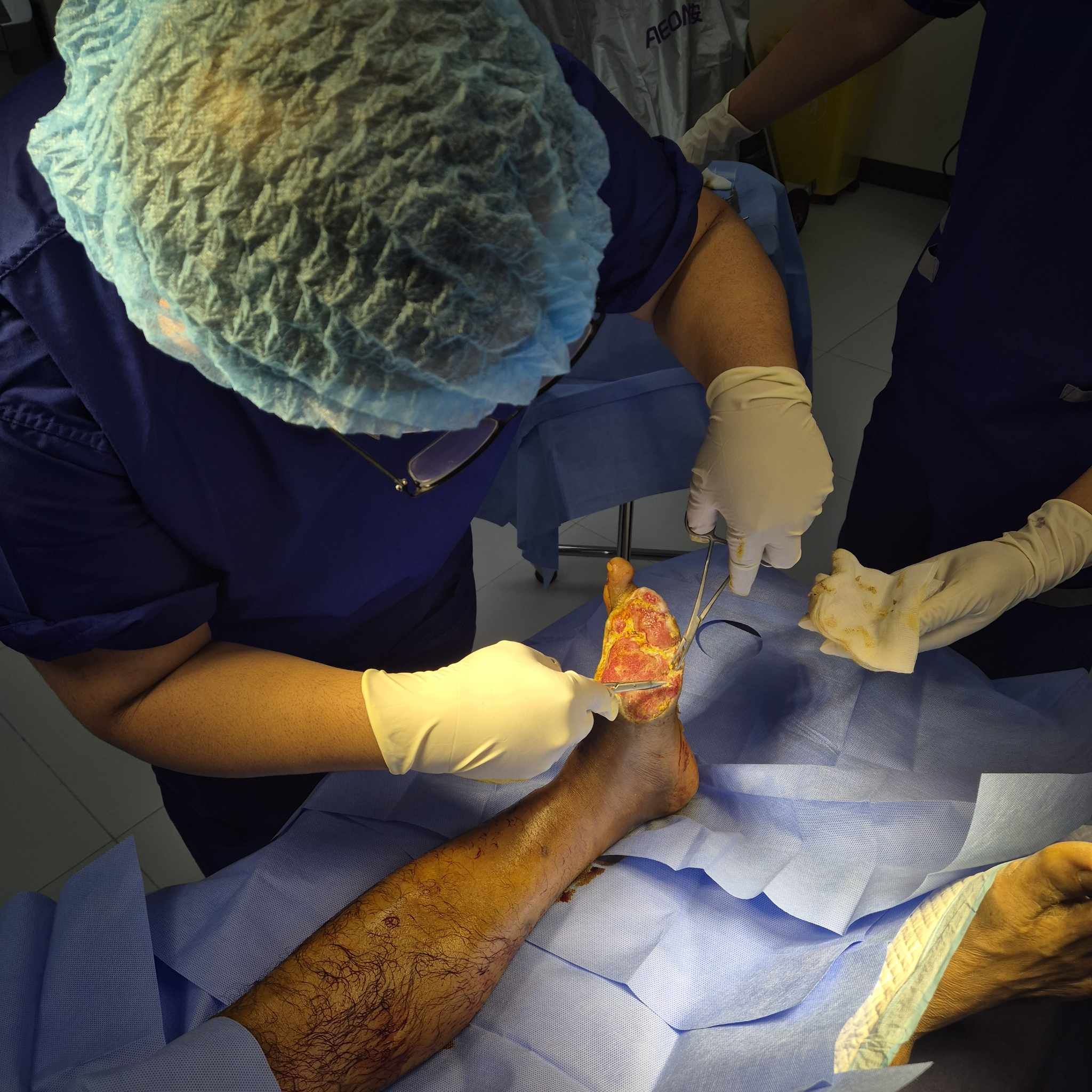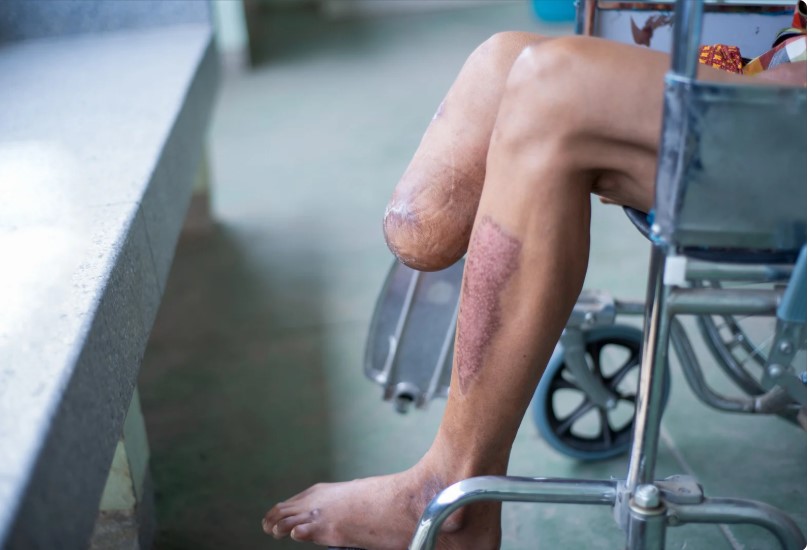Wrist fusion surgery, also known as wrist arthrodesis, is a procedure aimed at alleviating severe wrist pain and restoring stability by permanently joining the bones in the wrist. Following this surgery, the journey to recovery involves critical phases of rehabilitation, with physical therapy playing a pivotal role in helping patients regain mobility and functionality.
Understanding Wrist Fusion Surgery
Wrist fusion surgery involves the surgical fusion of the wrist bones to eliminate painful motion and stabilize the joint. It is typically recommended for patients with conditions such as severe arthritis or traumatic injuries that have not responded to non-surgical treatments.
Immediate Post-Surgery Care
Immediately after wrist fusion surgery, the wrist is immobilized with a splint or cast to promote healing. Pain management strategies, including medication, are also employed to ensure patient comfort during the initial recovery period.
Physical Therapy Goals and Benefits
Physical therapy begins soon after surgery to optimize recovery outcomes. The primary goals include promoting healing, preventing stiffness, and restoring range of motion. Early mobilization exercises are introduced to maintain joint flexibility and prevent muscle atrophy.
Timeline of Recovery Phases
The recovery process is typically divided into phases: early (0-6 weeks), mid (6-12 weeks), and late stages (3-6 months). Each phase is characterized by specific rehabilitation goals and physical therapy interventions tailored to the patient’s progress and surgical outcome.
Exercises and Rehabilitation Techniques
During physical therapy sessions, patients undergo a series of exercises designed to enhance wrist flexibility, strength, and coordination. Range-of-motion exercises focus on restoring flexibility, while strengthening exercises aim to improve wrist stability and function. Functional training exercises simulate daily activities to help patients regain independence.
Patient Education and Home Exercise Program
Patient education is integral to successful rehabilitation. Physical therapists educate patients on proper technique for exercises and activities of daily living. A home exercise program is prescribed to supplement clinic-based therapy, ensuring continuity of care and ongoing progress.
Psychological Support and Motivation
Recovery from wrist fusion surgery can be challenging both physically and emotionally. Physical therapists provide psychological support, addressing concerns and motivating patients throughout their rehabilitation journey. Support systems, including family and healthcare providers, play a crucial role in maintaining motivation and fostering a positive outlook.
Takeaway
Physical therapy is instrumental in the recovery process after wrist fusion surgery. By addressing physical limitations, providing education, and offering psychological support, physical therapists play a vital role in helping patients achieve optimal outcomes and regain independence. If you or someone you know is considering wrist fusion surgery, consult with a healthcare provider to discuss rehabilitation options and start on the path to recovery.










